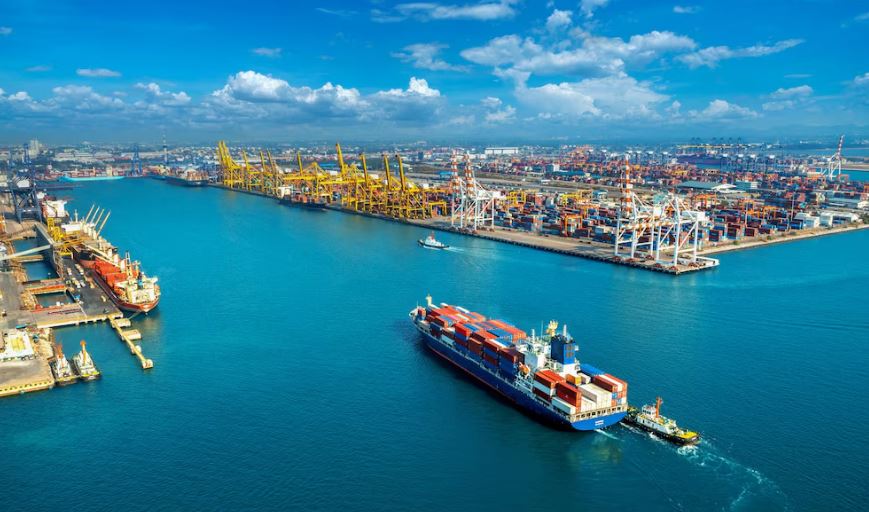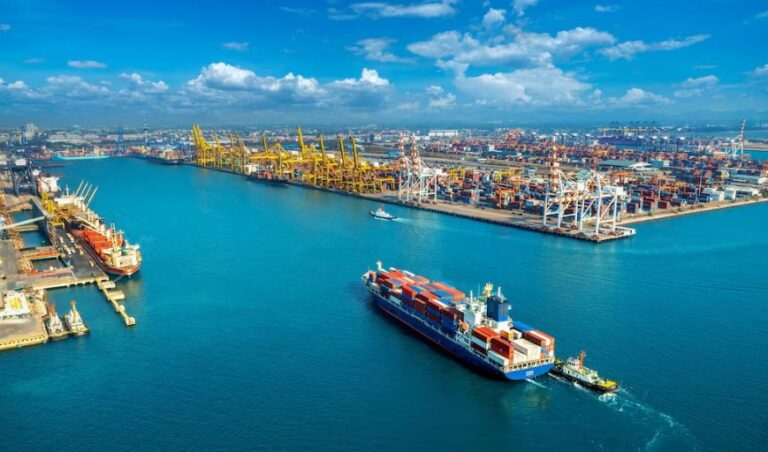Investors continue to pay attention to Port of Tauranga’s share price as they evaluate its long-term prospects. Its market position is still very strong because it is the busiest port in New Zealand and a major participant in the logistics of international trade. Its strategic expansion plans and financial stability indicate steady growth despite sporadic fluctuations. When examining the stock, investors consider how trade patterns, shipping delays, and infrastructure expenditures may affect the stock’s value.
Both operational effectiveness and strategic foresight are evident in the company’s exceptionally stable financial performance. Investor confidence is indicated by the stock’s continued high valuation and price-to-earnings ratio of 42.19. For shareholders who prioritize income, the dividend yield of 2.44% is especially alluring as it offers a consistent flow of profits as the business grows. The stock of Port of Tauranga has fluctuated between NZD 4.64 and NZD 6.95 over the last 12 months, demonstrating both resiliency and volatility in the face of changing market conditions.
| Port of Tauranga Limited (POT.NZ) – Financial Overview | Details |
|---|---|
| Stock Symbol | POT.NZ |
| Market Cap | NZD 4.4 billion |
| P/E Ratio | 42.19 |
| Dividend Yield | 2.44% |
| 52-Week High | NZD 6.95 |
| 52-Week Low | NZD 4.64 |
| EPS (Earnings Per Share) | NZD 0.15 |
| Beta (5Y Monthly) | 0.41 |
| Revenue (Latest Report) | NZD 112.5 million |
By making calculated investments in capacity expansion, the Port of Tauranga has become a leader in the industry. It is a desirable location for global trade because of its deep-water port and effective logistics. The company has established a standard for operational efficiency in the area by greatly increasing cargo handling speeds through the use of automation and digital tracking.
The outlook for the stock is still influenced by outside factors in spite of these advantages. Economic slowdowns, shifting export demand, and global supply chain disruptions have all affected shipping volumes. Nonetheless, the company’s varied cargo mix, which includes containerized goods and forestry exports, acts as a hedge against market downturns. In an unpredictable global economy, the port’s capacity to sustain steady trade flows makes it a very dependable asset.

Port of Tauranga’s distinct position is highlighted by contrasting it with international maritime behemoths like A.P. Møller-Maersk. The Port of Tauranga is essential to regional trade, but Mærsk controls a huge worldwide shipping network. Because of this strategic focus, it can maximize local operations and sustain profitability without being exposed to the wide range of global risks that multinational shipping companies face.
Despite sporadic stock price corrections, investor sentiment is still positive. A target price of NZD 6.81 is projected by analysts, indicating room for expansion. The business is more appealing to growth and income investors due to its ability to strike a balance between dividend payments and capital expenditures. Its long-term viability has been further improved by strategic alliances with rail operators and expansion into inland logistics.
Additionally, regulatory considerations are becoming more and more important. The maritime sector is changing due to environmental regulations, and the Port of Tauranga has made a proactive commitment to sustainability projects. The business is meeting international standards for more environmentally friendly port operations by incorporating carbon reduction tactics and enhancing energy efficiency. Its appeal to institutional investors who prioritize ESG (Environmental, Social, and Governance) principles is increased by this strategy.
The Port of Tauranga‘s future growth trajectory will be determined by its capacity to adjust to changing trade trends and technological developments. The significance of having an extremely effective and well-managed port infrastructure is highlighted by New Zealand’s reliance on export markets. The business may improve its position in the market if it keeps growing both its digital and physical capabilities.
The stock is still a desirable long-term choice for investors. Although short-term price fluctuations are a reflection of larger economic cycles, the port is an attractive option due to its strategic vision, operational effectiveness, and consistent dividend payments. The Port of Tauranga is a vital component of regional trade and a valuable asset to have in a diversified investment portfolio because of its resilience and forward-thinking investments.



